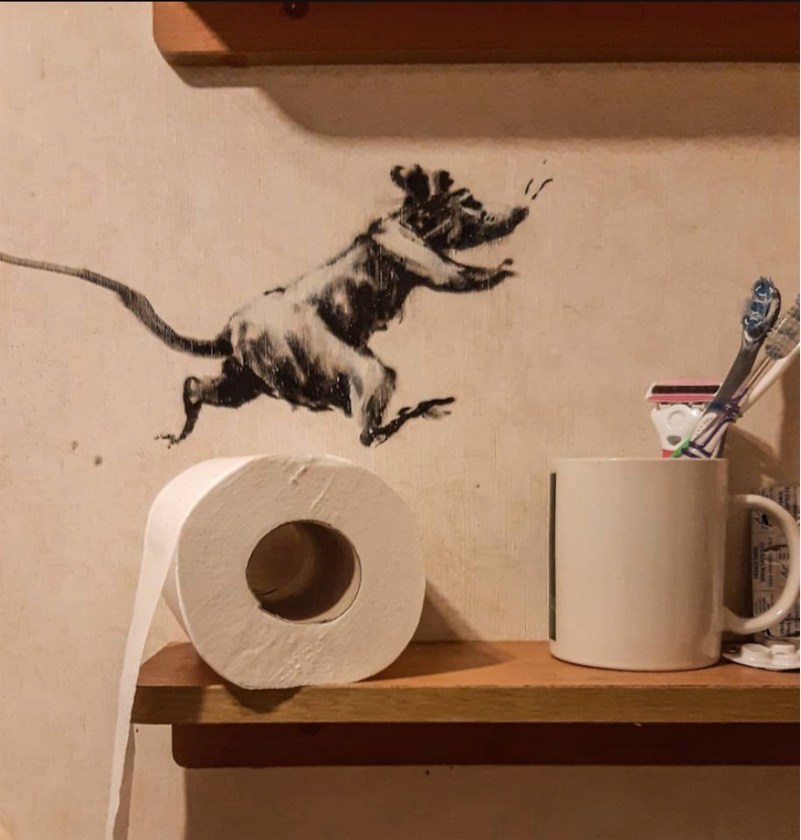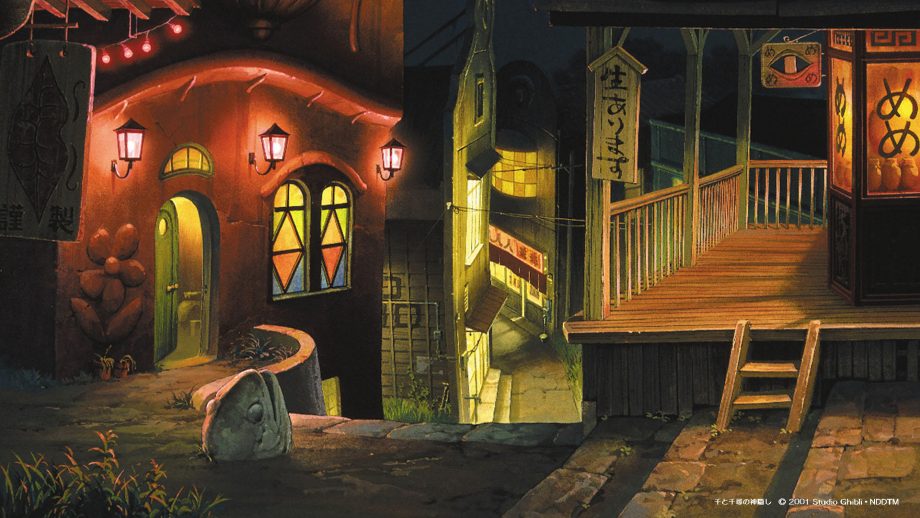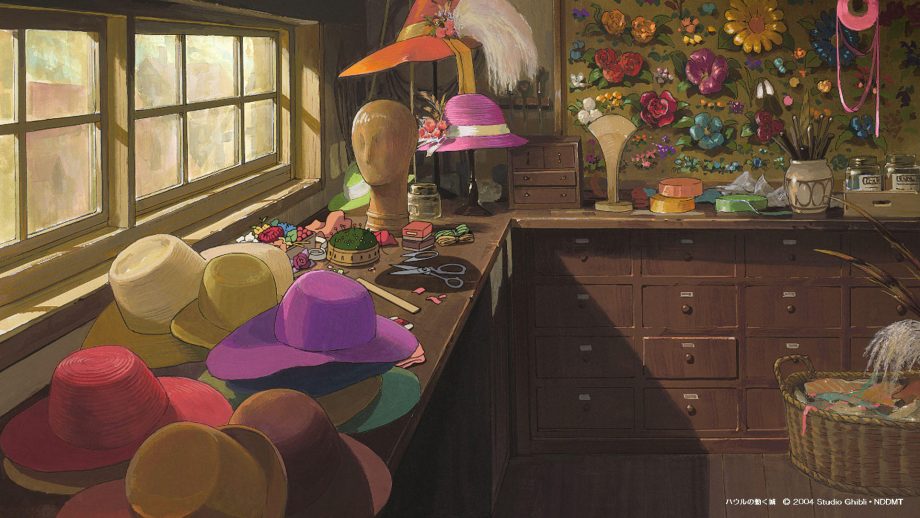Many of us kept indoors by the COVID-19 pandemic for days — or rather weeks, or perhaps months — have been imbued with a new sense of wonder about our world. Specifically, we’re wondering what’s going on in it. At the same time as the global scientific community struggles to determine the nature of the new and still poorly understood virus taking lives and immobilizing economies, we hear digital word of consequent phenomena also previously unknown in our lifetimes: wild animals, for instance, making their way into the streets of major cities. We live, it turns out, in a stranger, more mysterious reality than we’d imagined. Fortunately, the internet makes it possible for us to start getting a grip on that reality here in our homes, not least through free streaming Netflix documentaries.
“In the Before Times, Netflix let teachers stream their programming in the classroom,” writes Jason Kottke. With schools out of session, “Netflix has decided to put some of their educational programming on YouTube for free (full playlist here). For instance, they’ve put all 8 episodes of David Attenborough’s nature series Our Planet online in their entirety.”
Released just last year, that Netflix debut of the highly respected natural historian and broadcaster covers in great visual detail — and, needless to say, with highly evocative narration — everywhere from forests and deserts to jungles and high seas. If as a starting point that all seems a bit epic, as they say, Netflix has also made free single-serving documentary shorts on subjects like the stock market, the exclamation point, and cricket (the British Empire sport, not the insect).
Those come from the series Explained, a collaboration between Netflix and Vox, a site known for its brief “explainer” videos on culture, science, and current events — one of which, on the coronavirus itself, we featured last month here on Open Culture. Netflix has also made free to stream on Youtube other series like Abstract, which looks at the art of design (and whose debut we featured here a few years ago), and Babies, a five-part journey into the life of the human infant. If you prefer a feature-length documentary experience to a daily view or a binge-watch, you’ll also find on the playlist Ava DuVernay’s 13th, Rachel Lears’ Knock Down the House, and Jeff Orlowski’s Chasing Coral. When the orders of “stay home” and “social-distance” come to an end, many of us will feel a stronger desire to explore and learn about the world than ever before — in part because of how much of the time indoors we’ve spent stoking our curiosity with documentaries like these. Access the playlist of documentaries here.
via Kottke
Related Content:
265 Free Documentaries Online
200 Free Documentaries: A Super Rich List of Finely-Crafted Documentaries on the Web
Björk and Sir David Attenborough Team Up in a New Documentary About Music and Technology
David Attenborough Reads “What a Wonderful World” in a Moving Video
Based in Seoul, Colin Marshall writes and broadcasts on cities, language, and culture. His projects include the book The Stateless City: a Walk through 21st-Century Los Angeles and the video series The City in Cinema. Follow him on Twitter at @colinmarshall, on Facebook, or on Instagram.









